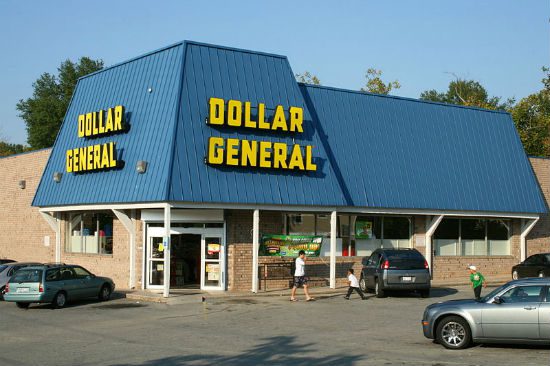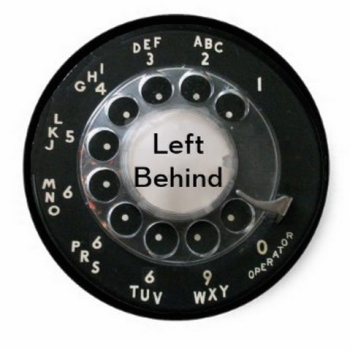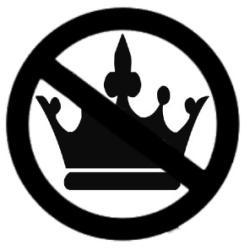From the great Terry Pratchett, in Men at Arms:
The reason that the rich were so rich, Vimes reasoned, was because they managed to spend less money.
Take boots, for example. He earned thirty-eight dollars a month plus allowances. A really good pair of leather boots cost fifty dollars. But an affordable pair of boots, which were sort of OK for a season or two and then leaked like hell when the cardboard gave out, cost about ten dollars. Those were the kind of boots Vimes always bought, and wore until the soles were so thin that he could tell where he was in Ankh-Morpork on a foggy night by the feel of the cobbles.
But the thing was that good boots lasted for years and years. A man who could afford fifty dollars had a pair of boots that’d still be keeping his feet dry in ten years’ time, while the poor man who could only afford cheap boots would have spent a hundred dollars on boots in the same time and would still have wet feet.
This was the Captain Samuel Vimes ‘Boots’ theory of socioeconomic unfairness.

From Bloomberg News’ Mya Frazier, this week, “Dollar General Hits a Gold Mine in Rural America“:
The Decatur store is one of 1,000 Dollar Generals opening this year as part of the $22 billion chain’s plan to expand rapidly in poor, rural communities where it has come to represent not decline but economic resurgence, or at least survival. The company’s aggressively plain yellow-and-black logo is becoming the small-town corollary to Starbucks Corp.’s two-tailed green mermaid. (Although you can spot her on canned iced coffee at Dollar General, too.) Already, there are 14,000 one-story cinder block Dollar Generals in the U.S.—outnumbering by a few hundred the coffee chain’s domestic footprint. Fold in the second-biggest dollar chain, Dollar Tree, and the number of stores, 27,465, exceeds the 22,375 outlets of CVS, Rite Aid, and Walgreens combined. And the little-box player is fully expecting to turn profits where even narrow-margin colossus Walmart failed. …
“It reminds me of a craps table,” [Garrick] Brown, the commercial real estate analyst, says. “Essentially what the dollar stores are betting on in a large way is that we are going to have a permanent underclass in America. It’s based on the concept that the jobs went away, and the jobs are never coming back, and that things aren’t going to get better in any of these places.”












